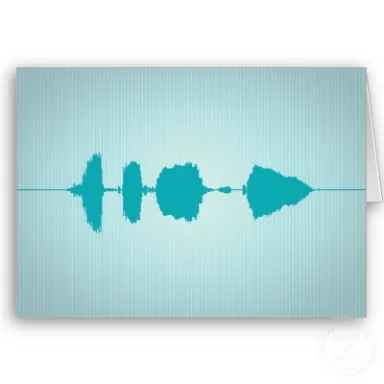Getting Too Mechanical With Editing
Aug 17, 2011Glamorous or not, editing audio is a crucial part of the recording and mixing process. Beginning long before computers were around, the art of dicing and splicing waveforms together has grown into the beast that modern DAWs allow it to be.

In fact, with so much of the power of non linear (i.e. non-committal) editing being thrown around, many of us engineers are becoming too mechanical in the process. Part of what we’re going to cover at my upcoming workshop in Nashville next month is how to edit simply, musically, and quickly. You want to do the same!
Too Much Of A Good Thing Can Be Bad
By way of preface, I believe wholeheartedly that a good mix stands on the shoulders of a great edit. I have a whole video product dedicated to proper editing and I edit audio all the time. In fact, many of the mixes I have critiqued from readers like you over the past couple of years have lacked in the area of editing. Whether it’s timing issues or mouth noises in between phrases, I hear lots of distractions and it takes away from the polish and the energy of the song.
That being said, too much editing can be a problem. Now what do I mean by too much? When editing becomes editing for the sake of editing (i.e. slapping everything to the grid or click without a real reason) then we miss the point. Just because you can time stretch audio doesn’t mean you should. Just because there is a grid on the screen doesn’t mean everything has to line up right on it. The more we edit blindly like this the more we get off track from the real reason we are working with audio in the first place, to make a great song!
The Goal Of Editing
We should only edit towards a goal. Usually that goal being the ideal, tight performance as if professional session musicians sat down to jam out a great song. Many of us don’t have the pleasure of recording (or being ourselves) top studio talent, so our tracks could benefit from some tightening and polish. Even the best of players have some of their tracks comped or nudged as needed to eliminate any distractions. There is no shame there.
So when you sit down to edit a song, each move you make whether it’s editing drums, bass, or even pocketing vocals, you need to ask yourself, does touching this part of the track help get me to my goal of a nice tight and musical performance? If you can’t answer that question with a resounding YES, then forget about it and move on.
Edit Where It Counts
I have a secret for you: you don’t have to edit every note of every track in order to have a tight sounding mix. It’s true. If you simply zero in on the key problem areas or the most rhythmically dominating tracks, you can change the whole feel of the song without touching the rest. Typically for me this involves the drums and bass. I like to have the drums and bass very tight to the grid as they lay the backbone of most songs. The guitars, keys, strings, and vocals can all ebb and flow a bit more around the core rhythm sections.
If you find yourself with an obvious rhythmic guitar or key part that needs tightening, maybe lock it closer to the grid without 100% snapping it in perfectly. See if that does the trick. If not, keep tightening. Remember, editing (like mixing) is all an illusion. Edit where it counts so that the ear hears things super tight. Who cares what things look like in your DAW. It matters how they sound to the end listener!
Discover The 6 Steps for Creating a
Radio-Ready Song from Scratch"
Enter Your Email Below To Receive The Free 17-page PDF,
"6 Steps To A Radio-Ready Song"
We hate SPAM. We will never sell your information, for any reason.

